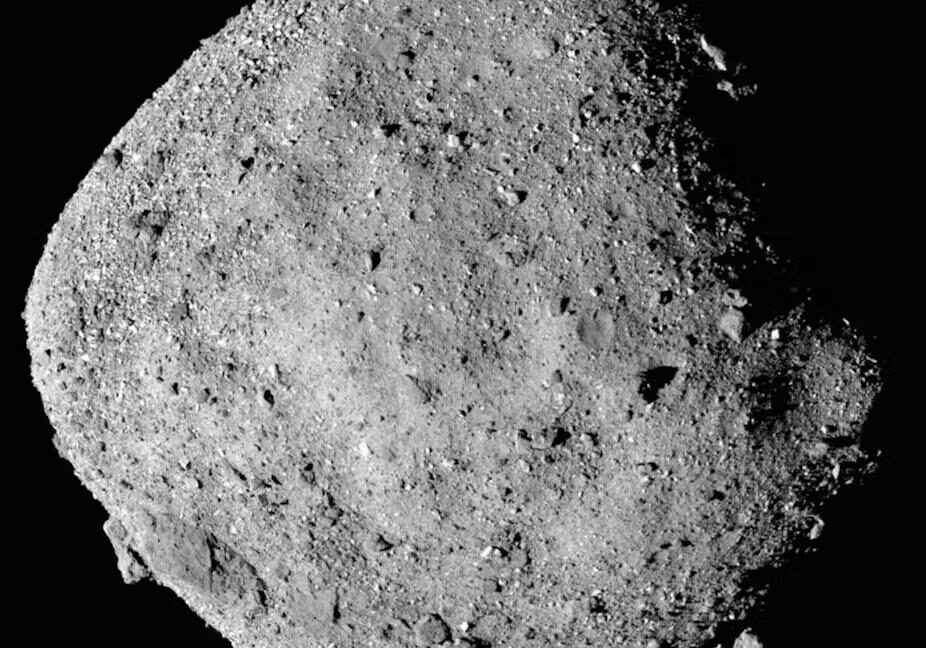
Until the scientists were able to make a controlled sample return with a spaceship and cure carefully and store the samples in nitrogen, we had never seen this set of minerals in a meteorite.
An unexpected discovery
Before returning the samples, the Osiris-Rex spacecraft spent more than two years making observations around Bennu. Of those two years of work, the researchers learned that the surface of the asteroid is covered with rocky rocks.
We could see that the asteroid is rich in carbon and water clays, and we saw veins white carbonate a few feet long deposited by old liquid water. But what we could not see about these observations were the rarest minerals.
We use a range of techniques To go through the sample returned a small grain at the same time. These included computerized tomography, electronic microscopy and X -ray diffraction, each of which allowed us to look at the rock on a scale is not possible in the asteroid.
Cook the ingredients for life
From the salts we identify, we could infer the composition of salt water from which they formed and see how it changed over time, becoming richer in sodium.
This salt water would have been an ideal place for new chemical reactions to be made and for Organic molecules To form.
While our team characterized the salts, our organic chemical colleagues were occupied by identifying carbon -based molecules present in Bennu. They found unexpectedly High ammonia levelsan essential component of the amino acids that form proteins in living matter. They also found the five nucleobas that make up part of DNA and RNA.
Based on these results, we venture to guess that these fluid capsules splashed the perfect environments to form increasingly complicated organic molecules, such as the types that make up life on earth.
When asteroids like Bennu hit the young land, they could have provided a Complete package of complex molecules and the essential ingredients for life, such as water, phosphate and ammonia. Together, these components could have sown the initially arid landscape of the Earth to produce a habitable world.
Without this early bombardment, perhaps when the Revelstoke meteorite pieces landed several billion years later, these exterior space fragments would not have reached a scored landscape with glaciers and trees.
Timothy J McCoy He is a supervision research geologist in the Smithsonian institution, and Sara Russell He is a professor of planetary sciences in the Natural History Museum.
This article was republished from The conversation Under a Creative Commons license. Read the Original article.



